YESOUL NEW MODEL A1, our first non-magnetic resistance entry level bike with monitor and blue tooth. Price is also entry level.
Date: 2024-04-16 Categories: Industry News Hits: 3768
When choosing between a magnetic resistance and a non-magnetic resistance spinning bike, there are a few key differences to consider:
Resistance Mechanism:
Magnetic Resistance: These bikes use magnets to create resistance. The closer the magnet is to the flywheel, the greater the resistance. This type of resistance is generally smoother and quieter because there is no physical contact between the resistance elements.
Non-Magnetic Resistance (often friction-based): These bikes typically use a pad (made of felt or another material) that presses against the flywheel to create resistance. This contact results in wear and tear over time and can be noisier compared to magnetic resistance.
Adjustability:
Magnetic Resistance: Offers a more precise and often easier method of adjusting resistance with consistent levels, which can be quickly changed via a lever or electronic controls.
Non-Magnetic Resistance: The adjustment can be less precise as it depends on the tension of the pad against the flywheel, usually controlled by a knob that increases or decreases the pressure.
Maintenance:
Magnetic Resistance: Typically requires less maintenance because there are no parts wearing out due to friction.
Non-Magnetic Resistance: May require more frequent maintenance, such as replacing the resistance pads and dealing with potential squeaks or other noise issues.
Durability and Feel:
Magnetic Resistance: Often provides a smoother ride and can feel more like riding an outdoor bike. Durability is enhanced due to fewer moving parts that wear out.
Non-Magnetic Resistance: The feel can vary significantly depending on the quality of the bike and can sometimes offer a more “road-like” experience because of the mechanical resistance.
Cost:
Magnetic Resistance: Generally, bikes with magnetic resistance are more expensive due to the technology and materials used.
Non-Magnetic Resistance: These bikes can be more budget-friendly, making them a good choice for casual users or those new to spinning.
Ultimately, the choice between a magnetic resistance and a non-magnetic resistance spinning bike depends on your budget, noise sensitivity, desired durability, and how closely you want your indoor cycling experience to mimic outdoor riding. Magnetic resistance bikes are typically seen as a higher-end option with better performance and lower maintenance needs.

 YESOUL A1 Indoor Exercise Bike...
YESOUL A1 Indoor Exercise Bike... 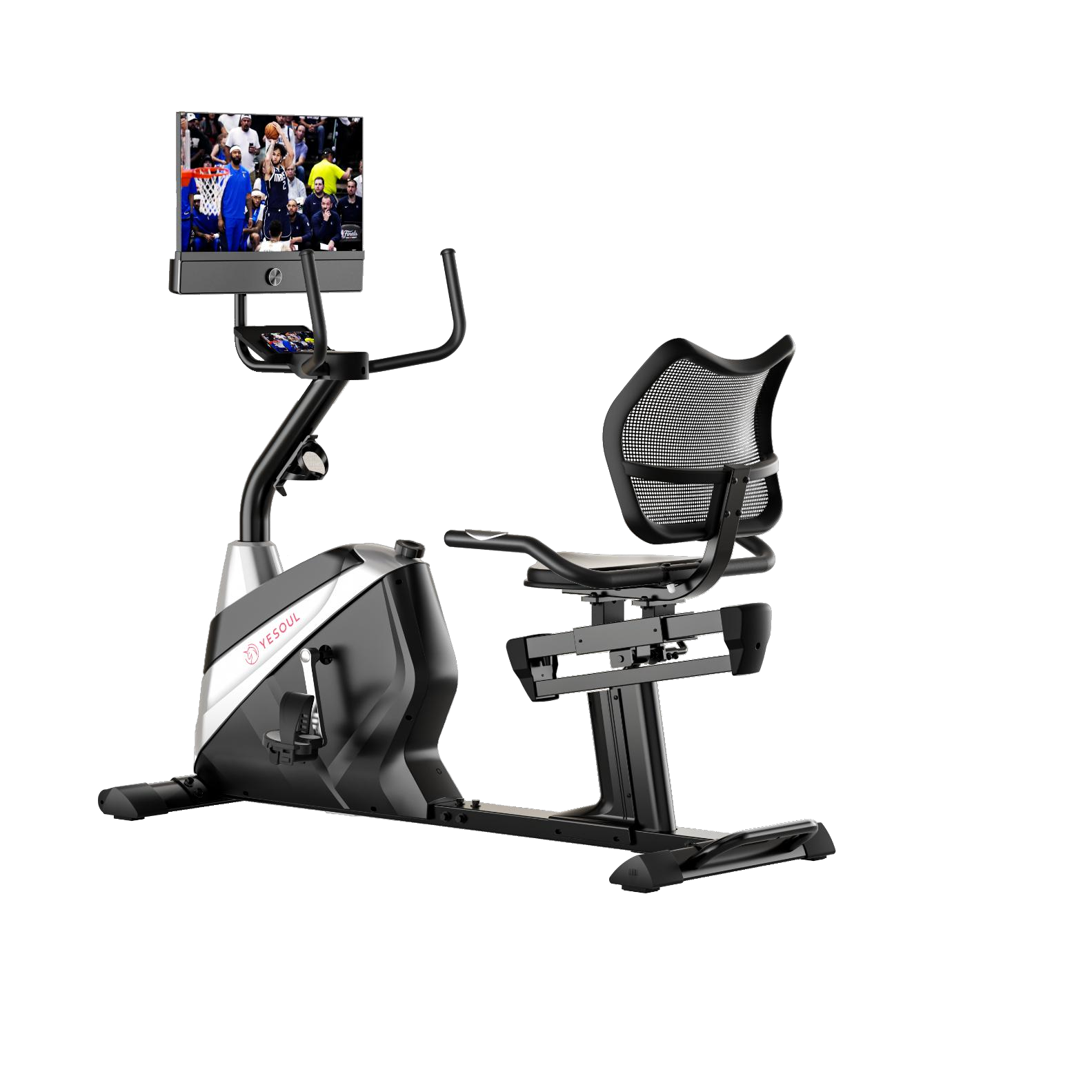 YESOUL J1 PLUS High-end Magnet...
YESOUL J1 PLUS High-end Magnet...  YESOUL J1 Magnetic Recumbent B...
YESOUL J1 Magnetic Recumbent B...  YESOUL R6 Indoor Exercise Bike
YESOUL R6 Indoor Exercise Bike  YESOUL V5 Light Commercial Spi...
YESOUL V5 Light Commercial Spi...  YESOUL R1 Plus Magnetic Quiet ...
YESOUL R1 Plus Magnetic Quiet ...  YESOUL R1 Foldable Rower for H...
YESOUL R1 Foldable Rower for H...  Foldable Water Rowing machine
Foldable Water Rowing machine  YESOUL R40 Rowing Machine
YESOUL R40 Rowing Machine 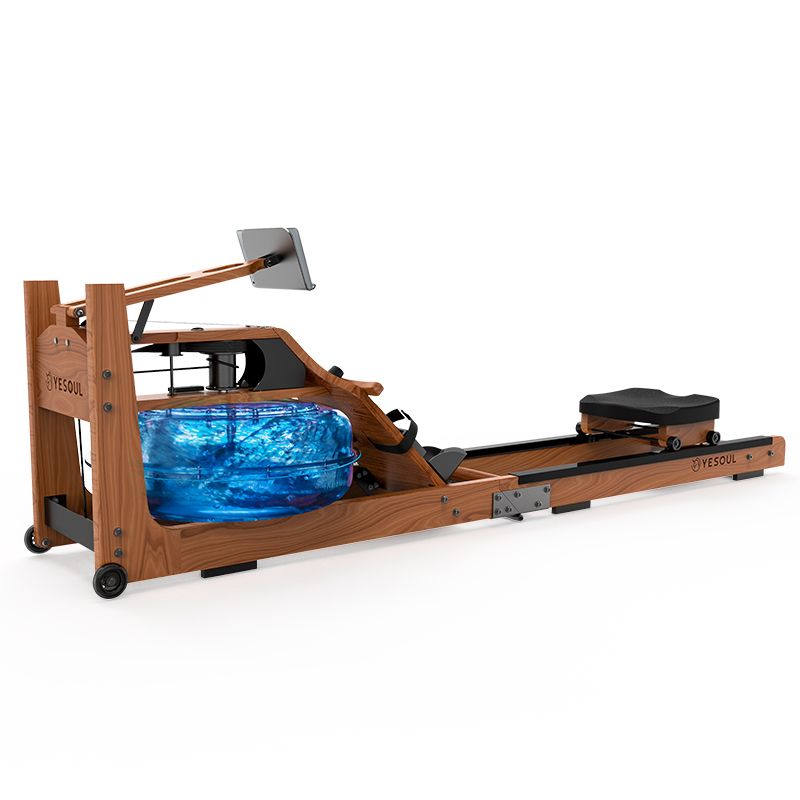 YESOUL R30 Rowing Machine
YESOUL R30 Rowing Machine  YESOUL WALKING PAD W2-Pro ( El...
YESOUL WALKING PAD W2-Pro ( El...  YESOUL Treadmill T3 Office
YESOUL Treadmill T3 Office  YESOUL TREADMILL T3 PLUS (21.5...
YESOUL TREADMILL T3 PLUS (21.5...  YESOUL TREADMILL T3-Pro( Elect...
YESOUL TREADMILL T3-Pro( Elect... 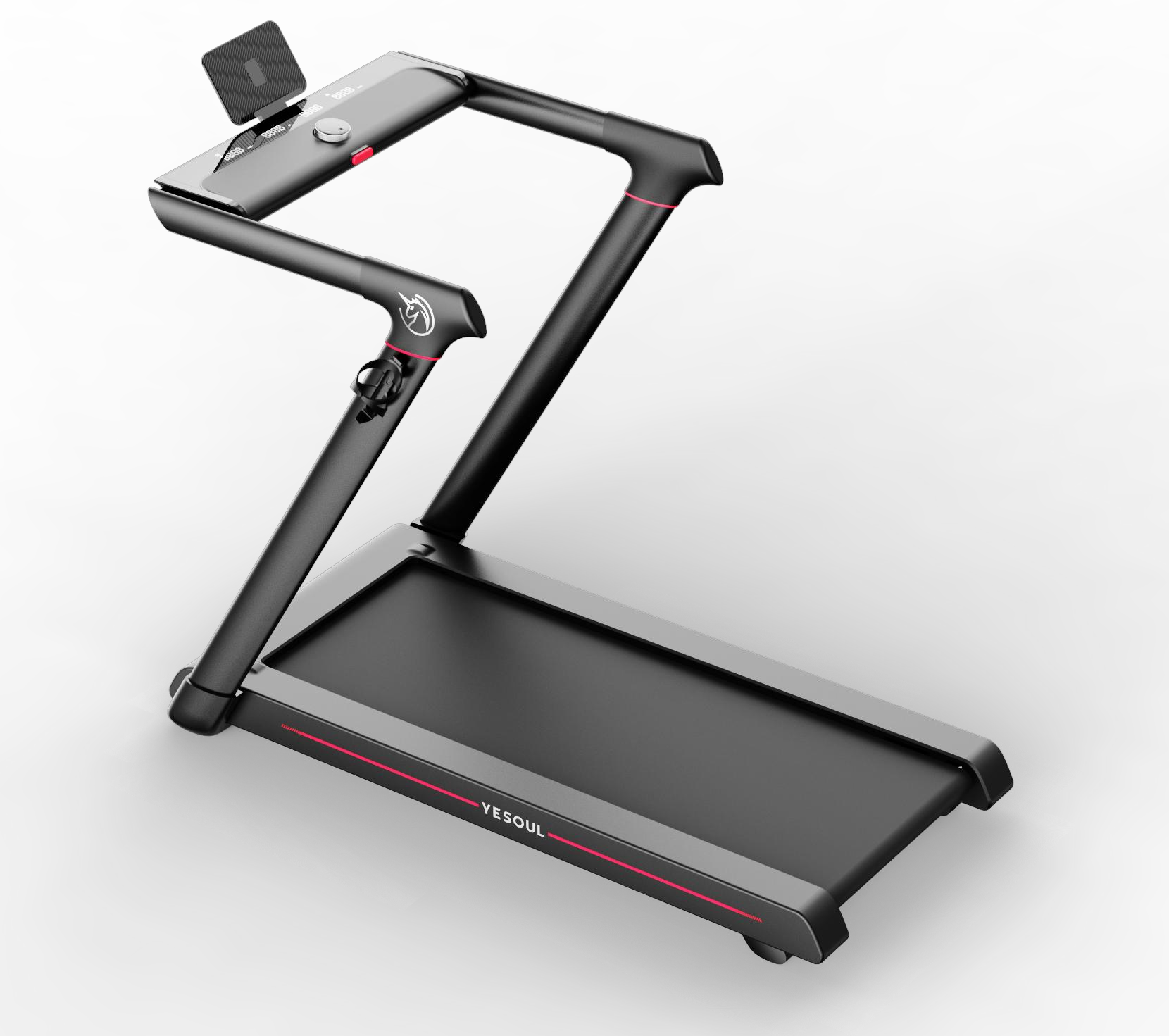 YESOUL Treadmill T3
YESOUL Treadmill T3  YESOUL ELLIPTICAL E80
YESOUL ELLIPTICAL E80  YESOUL EF25 Elliptical
YESOUL EF25 Elliptical  YESOUL E30S Elliptical Machine
YESOUL E30S Elliptical Machine  Yesoul Gravity Trainer
Yesoul Gravity Trainer  YESOUL MG 12 Massage gun
YESOUL MG 12 Massage gun 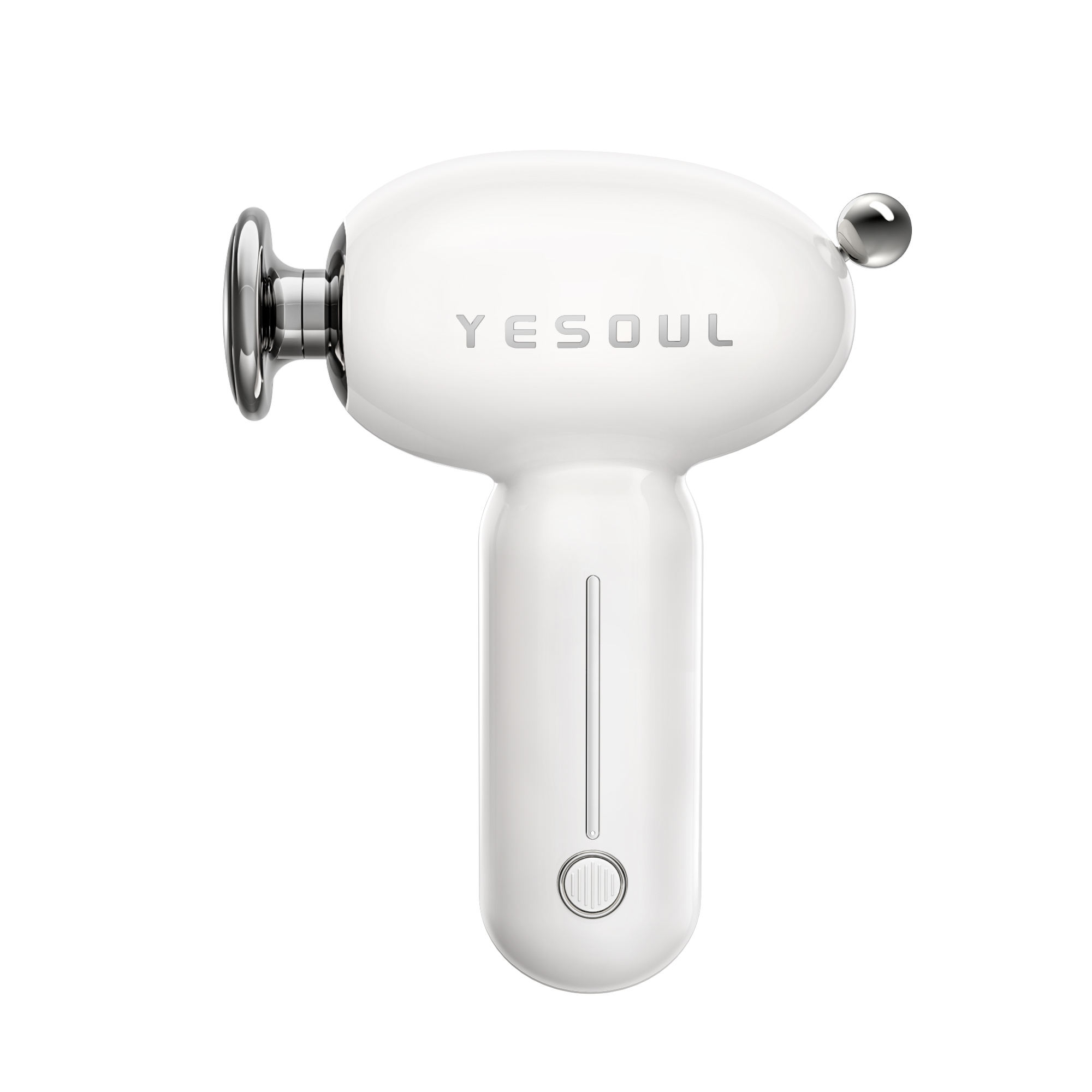 YESOUL MG 16 Hot compress faci...
YESOUL MG 16 Hot compress faci... 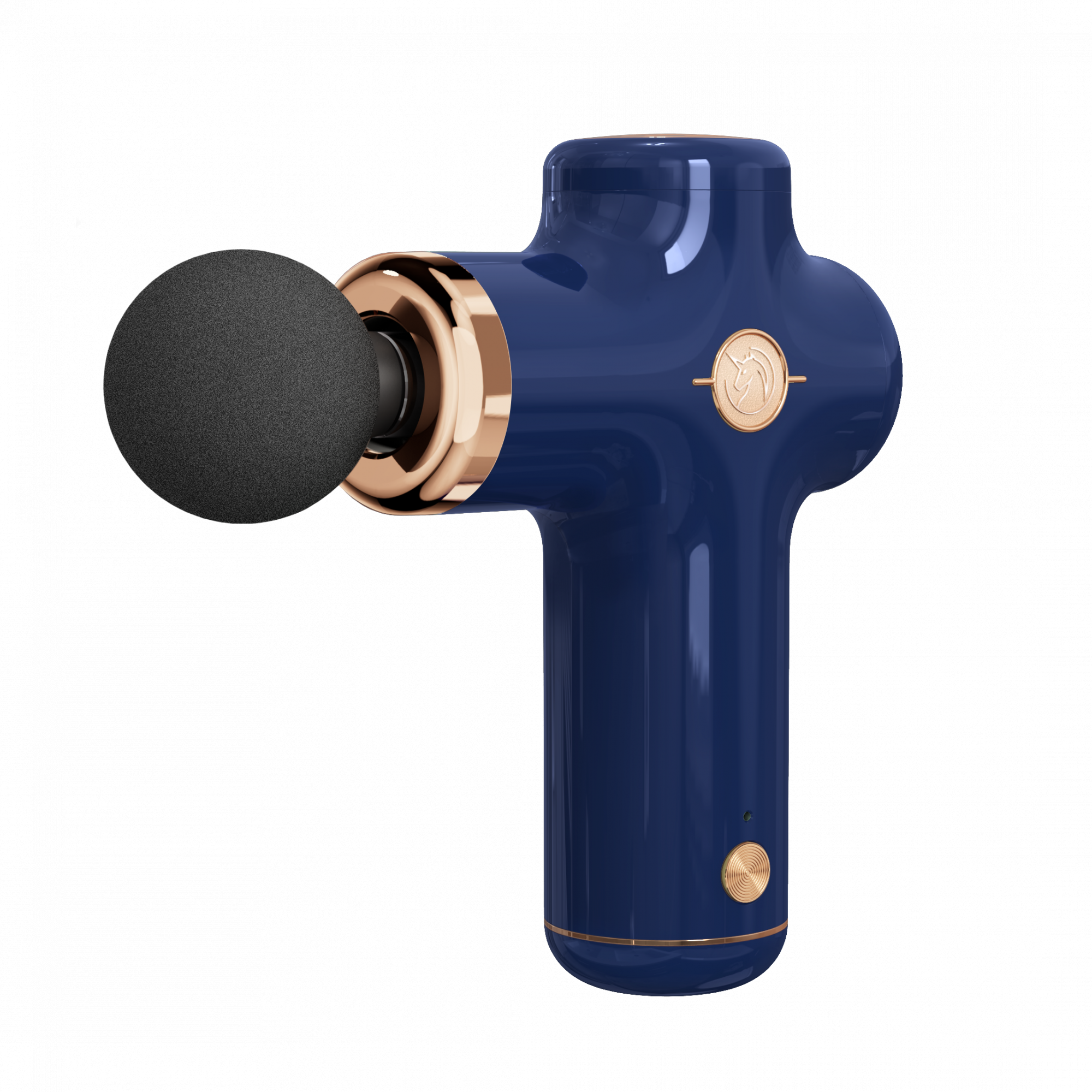 YESOUL MG-11 Massage Gun
YESOUL MG-11 Massage Gun 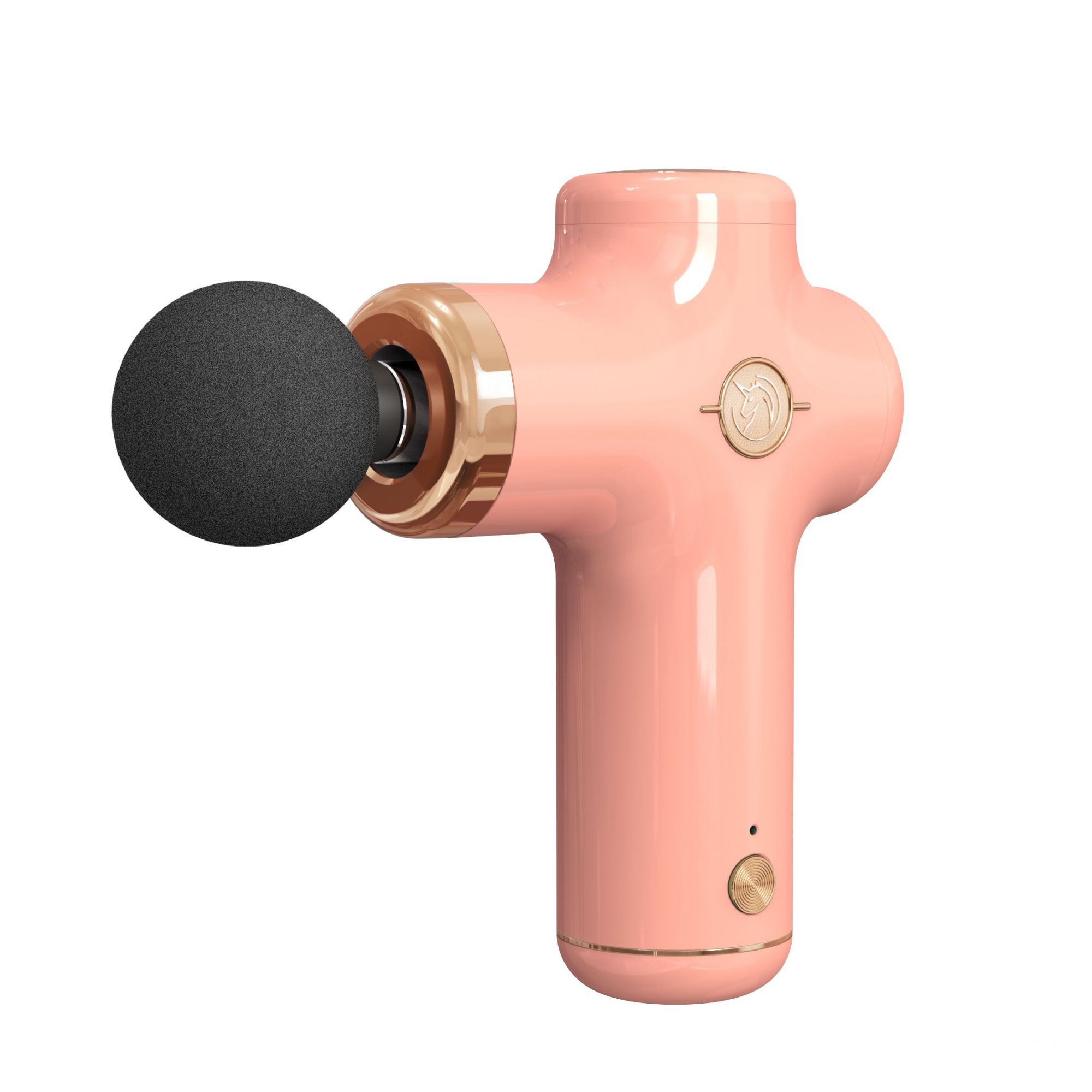 YESOUL MG-11 Massage Gun
YESOUL MG-11 Massage Gun 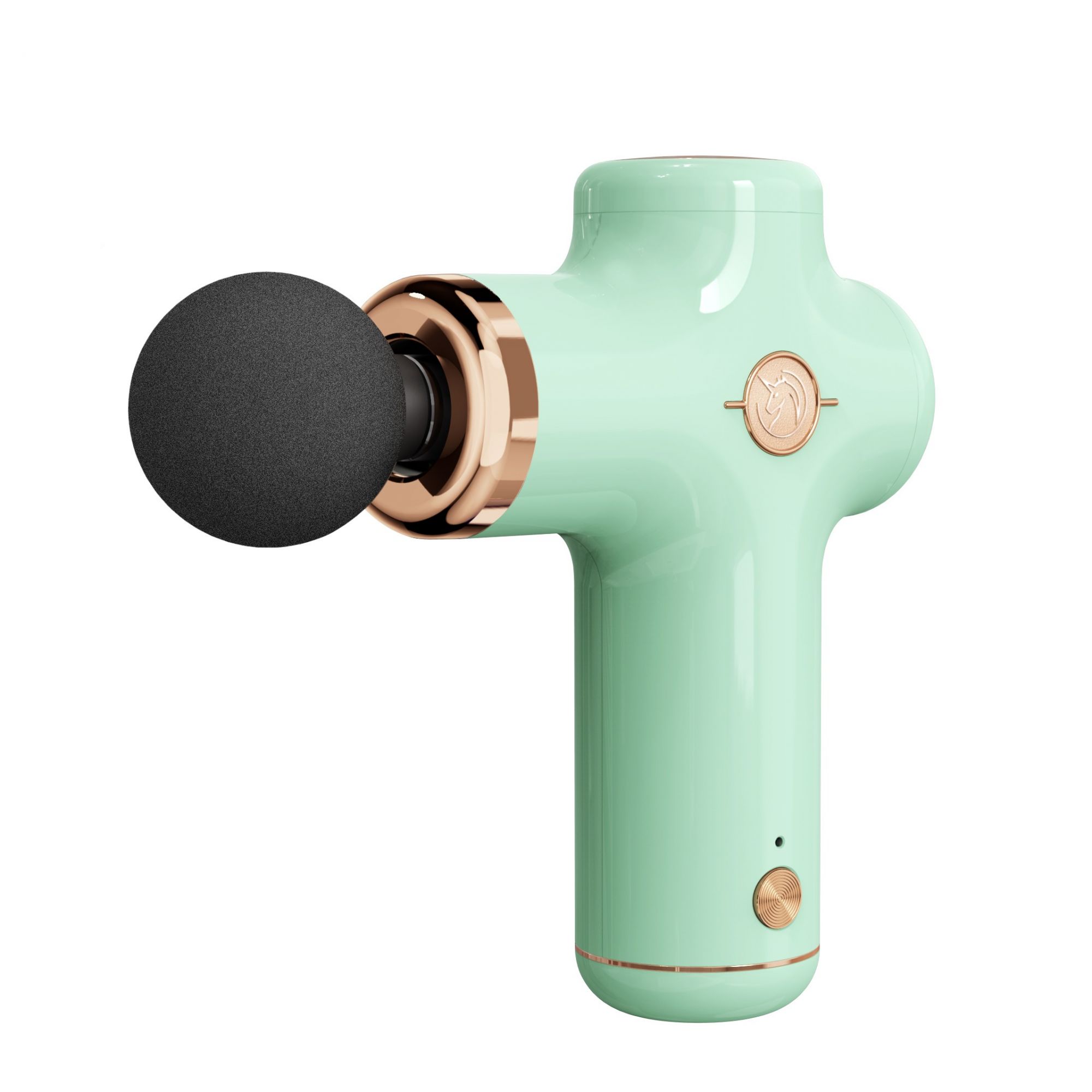 YESOUL MG-11 Massage Gun
YESOUL MG-11 Massage Gun  Home Gym Equipment Weight Loss...
Home Gym Equipment Weight Loss...  Ab Workout Equipment Adjustabl...
Ab Workout Equipment Adjustabl... 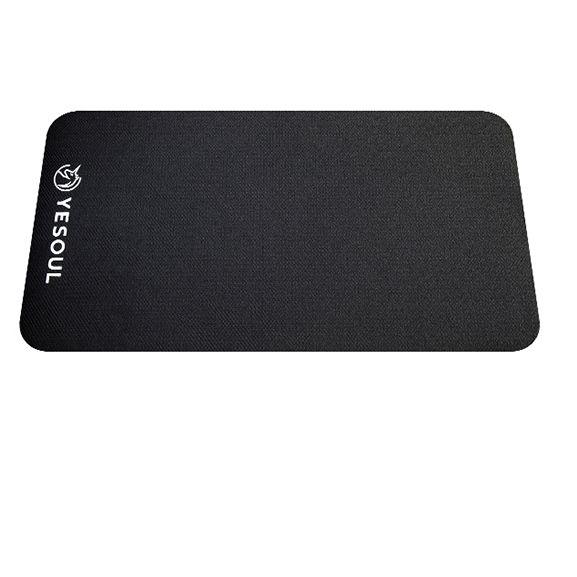 Exercise Bike Elliptical pad
Exercise Bike Elliptical pad  HEART RATE ARMBAND
HEART RATE ARMBAND  RIDING APPAREL
RIDING APPAREL